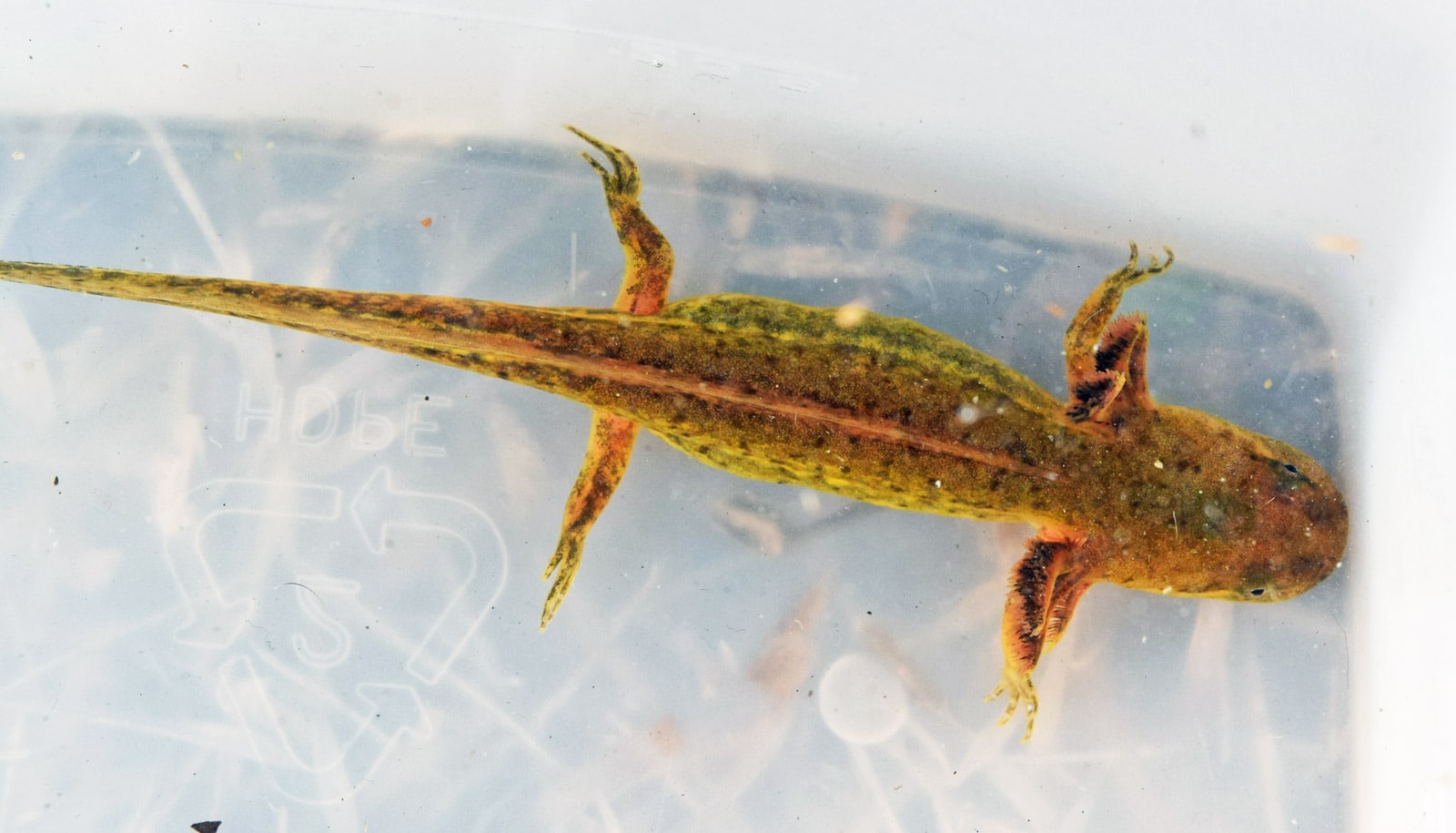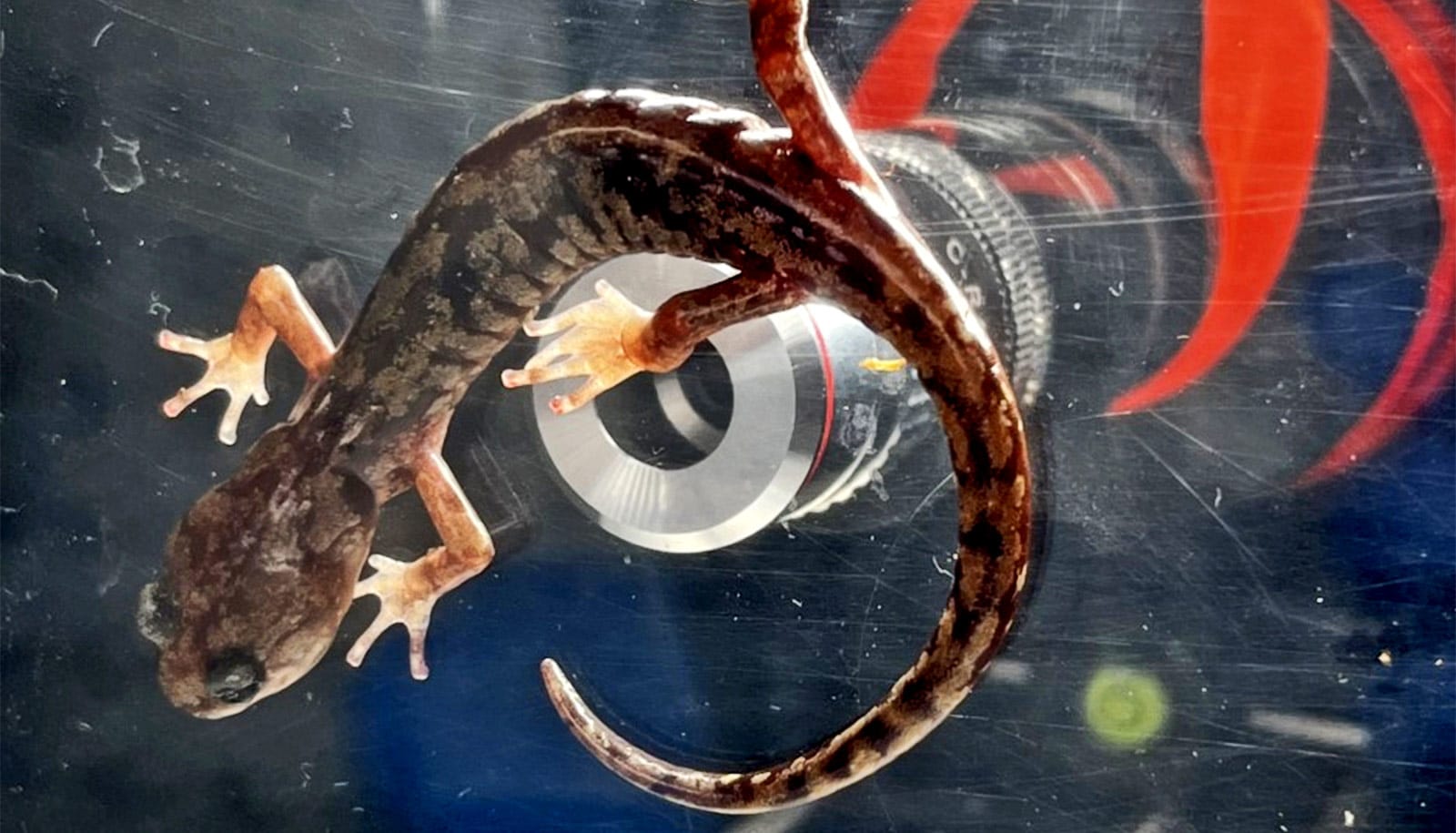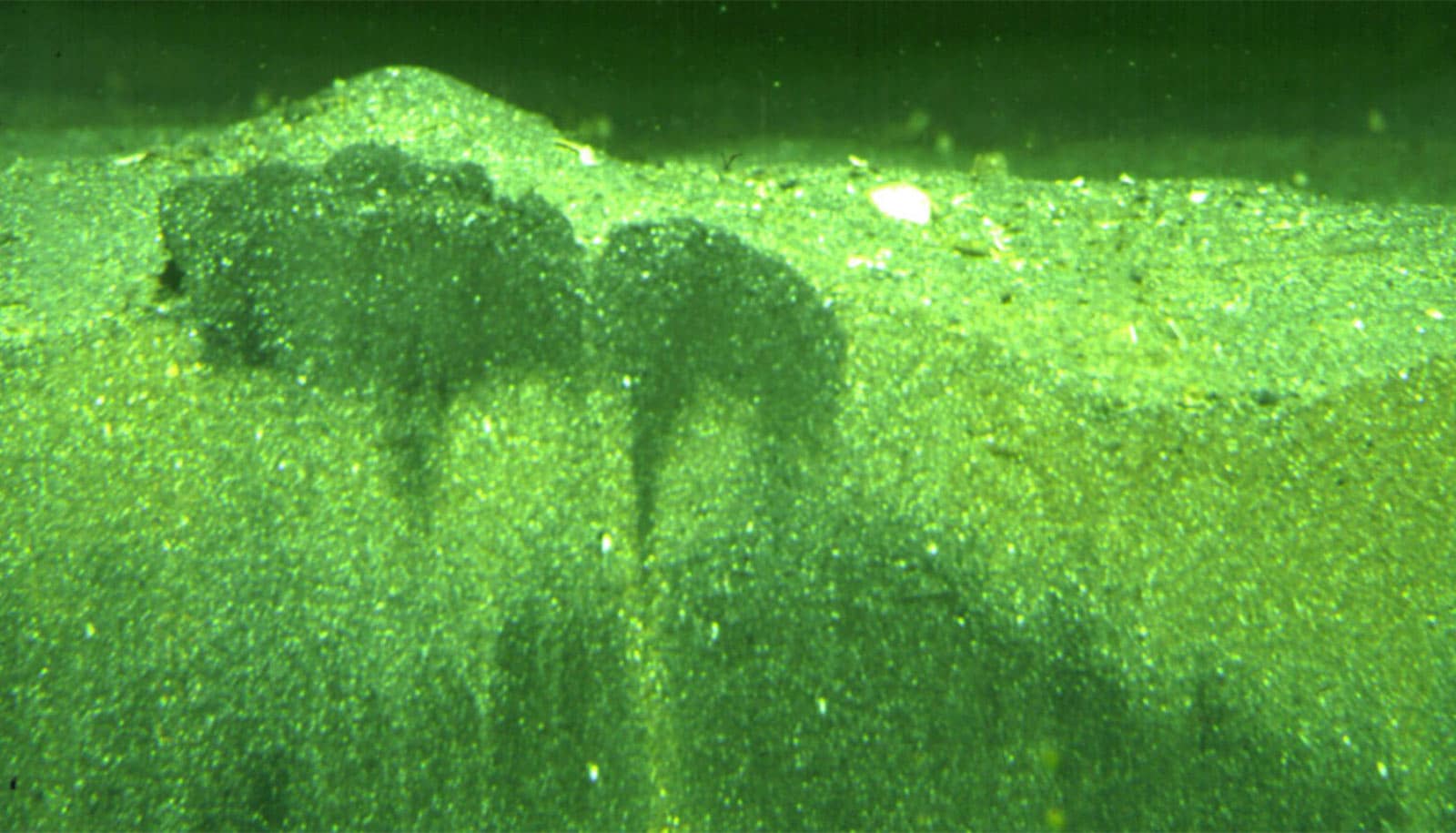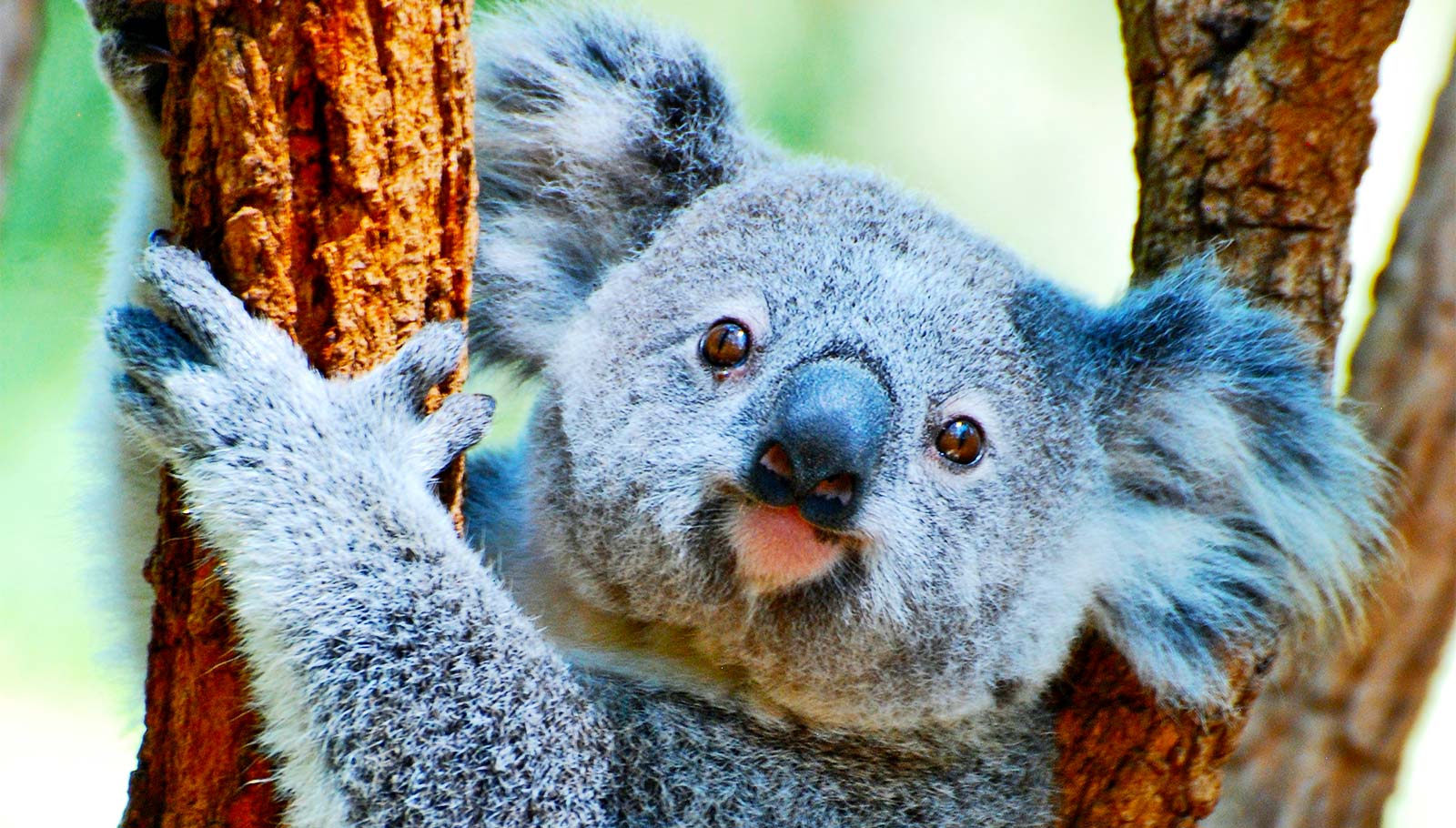Smaller, younger predators can have an outsized effect on their ecosystem, report ecologists.
“We live in a world where humans are impacting species at different stages of their lives, and this work shows the importance of considering the entire life cycle of a species rather than just looking at a snapshot in time,” says ecologist Volker Rudolf, associate professor in Rice University’s department of biosciences. Rudolf is coauthor of a new paper in Nature Ecology and Environment that explores how predatory salamanders affected pond ecosystems at various stages of their growth.
Rudolf says he and coauthor Benjamin Van Allen, a former Rice graduate student who is now a postdoctoral researcher at the University of California, San Diego, were each surprised at how large and long-lasting an impact younger predators could have on their surroundings.
New salamander species are very tiny, very rare
In a three-month experiment that covered 54 test ponds, Rudolf’s team was able to compare exactly how each pond fared when salamanders of a certain age were and were not present. They found that the longest lasting and most significant changes to the ponds came from the earliest stages of salamander development—the stage when the tiny animals have small mouths, no legs, and a far more limited diet than they do at adulthood.
“For predators, ecologists typically assume that size matters and that larger predators, which eat more, have the biggest impact on their environment,” Rudolf says. “But aside from social mammals and birds, which require a lot of parental care when they’re young, most predators hunt and eat almost from birth. Sharks, barracudas, reptiles, and insects all start out eating stuff, and they just move up the food chain as they grow bigger.”
As a predator grows, its diet typically expands as it goes after larger and more varied prey. Ecologists refer to this as a change in “trophic position,” and they use a species’ trophic position to determine how it’s impacting its local food chain. Because of trophic changes, a single species of predator can impact its ecosystem in very different ways at different times in its life cycle.
Imported pet salamanders carry killer fungus
“All creatures can only influence their present environment, but for most adult predators, that environment was shaped, in some way, by their former selves,” Van Allen says. “We knew there had to be some sort of signal of the early stages that would carry over, but we didn’t know how important or how strong that effect would be, partly because no one had ever done this sort of really big, in-depth experiment to actually test the effect.”
Rudolf, who joined Rice’s faculty in 2007, says the experiment was the largest and most complex his group has undertaken and required thousands of person hours. “We didn’t just set these ponds up and let them run,” he says. “We were mimicking the inputs and outputs that we observed from natural ponds around Houston, but because our ponds were enclosed, we had to do all of that by hand.”
Each of the ponds contained more than 60 species of plants and animals. And while the experiment ran for three months, the sample analysis took two years.
“In the end, we observed 257,522 individual animals, meaning that we identified, photographed, and documented them as being in one of our samples,” Rudolf says.
While he’s glad the project is over and wouldn’t want to repeat it any time soon, Rudolf says the work paid off because it allowed him and Van Allen to address ecological questions that had not been explored previously.
“We expected to find an effect (from the younger stages), but no one anticipated how large that effect would be,” he says. “That was surprising. And I think it shows that if you want to think about the role of species’ ecosystems, you have to look at the whole system, the whole life cycle.”
The National Science Foundation supported the work.
Source: Rice University



